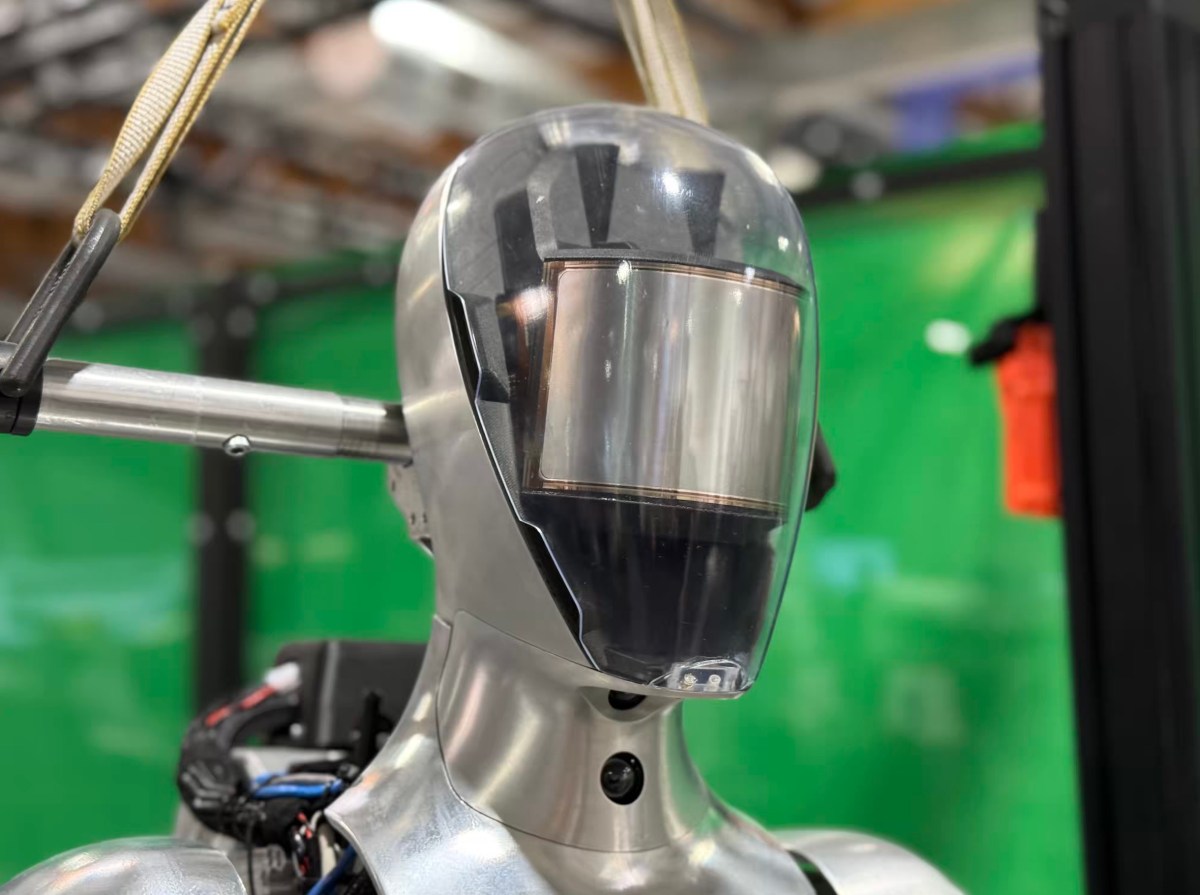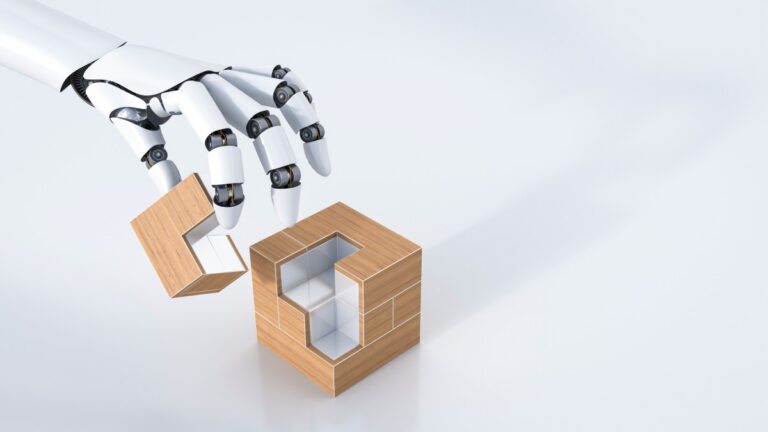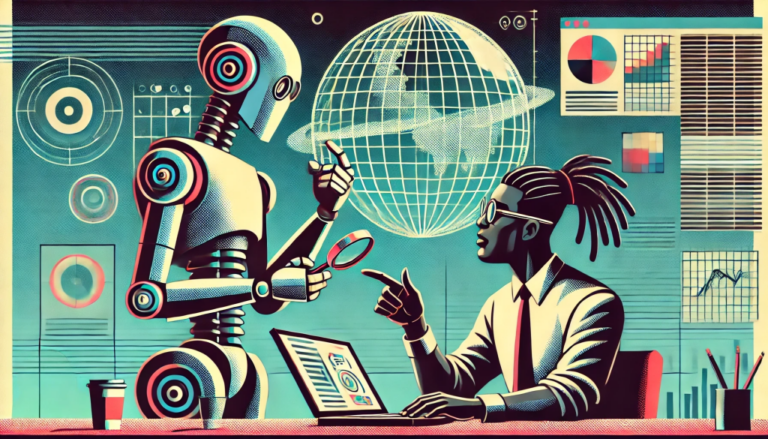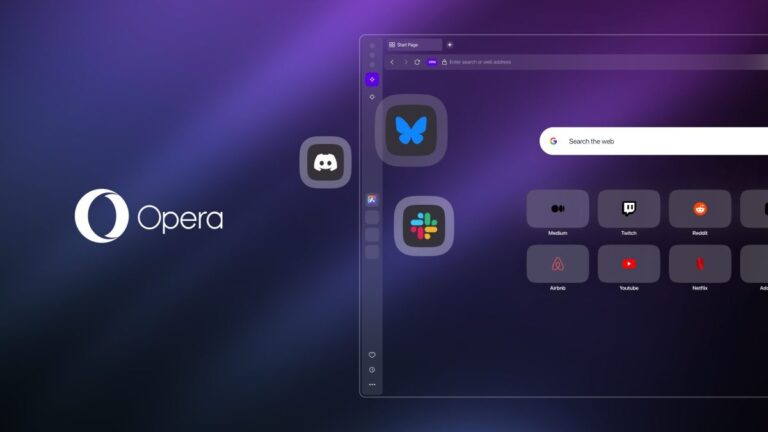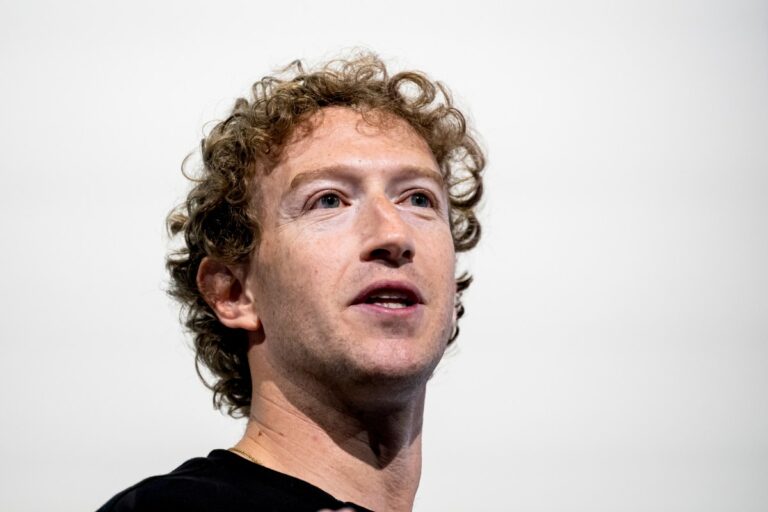Figure Shifts Focus from OpenAI to Develop Powerful In-House AI Models
Figure AI, an innovative robotics company poised to revolutionize the market with its general-purpose humanoid robots, has recently made headlines by announcing its decision to end its partnership with OpenAI. This strategic move, driven by a significant breakthrough in in-house artificial intelligence development, is set to reshape the landscape of humanoid robotics. In just 30 days, founder and CEO Brett Adcock promises to unveil an extraordinary innovation in humanoid technology that has never been seen before.
Figure AI’s Split from OpenAI: Key Insights
Based in the Bay Area, Figure AI was previously supported by OpenAI, which has been a long-term investor. The collaboration aimed to develop next-generation AI models specifically for humanoid robots. Last year, Figure AI successfully raised $675 million, leading to a valuation of $2.6 billion and a total funding of $1.5 billion from various investors.
The Surprising Decision
The announcement to part ways with OpenAI is unexpected, especially considering the latter’s significant influence in the tech industry. The partnership had previously involved plans for the Figure 02 humanoid robot to utilize OpenAI models for natural language processing.
- Key Reason for Split: Adcock cited integration challenges as a primary concern. OpenAI’s vast resources and focus on different AI applications made it difficult to align with Figure’s specific needs.
- Focus on In-House AI: Adcock emphasized the importance of developing a vertically integrated AI model tailored for their hardware, stating, “We can’t outsource AI for the same reason we can’t outsource our hardware.”
The Future of Humanoid Robotics
While OpenAI has shown interest in humanoid robotics, particularly through its backing of the Norwegian startup 1X, Figure AI is concentrating on its unique approach. The company is exploring applications of its humanoid systems in various settings, including residential environments, though the immediate focus remains on partnerships with larger industries.
Industry Trends and Insights
- Automakers, like BMW, are investing heavily in humanoid robotics, with Figure robots already deployed in production facilities.
- OpenAI is also reportedly developing its own humanoid hardware, as indicated by a recent trademark application that mentions user-programmable humanoid robots.
These developments highlight a growing trend in the robotics industry where companies are increasingly looking to create proprietary AI models. This approach mirrors the successful product ecosystem strategy employed by tech giants like Apple, where seamless integration between hardware and software is paramount.
Conclusion: A New Era for Figure AI
As Figure AI embarks on this new chapter, the company’s commitment to developing proprietary technology may position it as a leader in the humanoid robotics market. With rapid expansion plans and a focus on innovative AI solutions, the next few months promise to unveil groundbreaking advancements in the field. For more detailed insights into robotics and AI, visit TechCrunch for ongoing updates.

